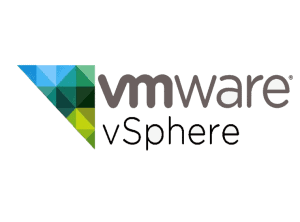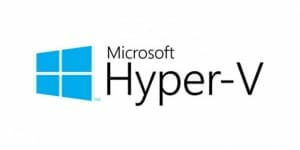Server Virtualization. Server virtualization enables multiple operating systems to run on a single physical server as highly efficient virtual machines. Key benefits include:
- Greater IT efficiencies
- Reduced operating costs
- Faster workload deployment
- Increased application performance
- Higher server availability
- Eliminated server sprawl and complexity
Network Virtualization. By completely reproducing a physical network, network virtualization allows applications to run on a virtual network as if they were running on a physical network — but with greater operational benefits and all the hardware independencies of virtualization. (Network virtualization presents logical networking devices and services — logical ports, switches, routers, firewalls, load balancers, VPNs and more — to connected workloads.)
Desktop Virtualization. Deploying desktops as a managed service enables IT organizations to respond faster to changing workplace needs and emerging opportunities. Virtualized desktops and applications can also be quickly and easily delivered to branch offices, outsourced and offshore employees, and mobile workers using iPad and Android tablets.



